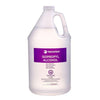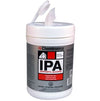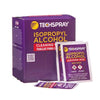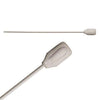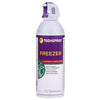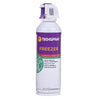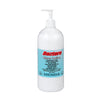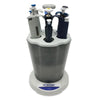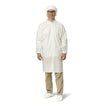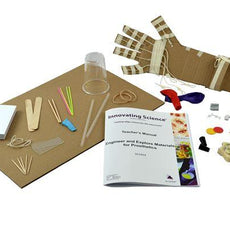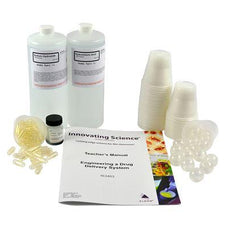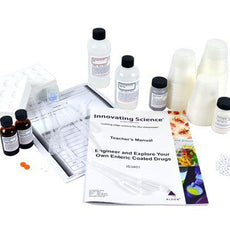- No products in the cart.
Menu
Start typing to see products you are looking for.
Start typing to see products you are looking for.
Browse Categories
-
PPE Apparel
Masks
-
 KN95 Respirator Mask, 4 layers, Box of 50 -LP-KN95-001BOX50
$79.00
KN95 Respirator Mask, 4 layers, Box of 50 -LP-KN95-001BOX50
$79.00
-
 Harley L-188 N95 Particulate Respirator Mask, Box of 20 - LP-L188-N95
$36.00
Harley L-188 N95 Particulate Respirator Mask, Box of 20 - LP-L188-N95
$36.00
-
 Lab Pro Mask KN95 (K-N95) Pack of 50 - LP-MASK2-K95 - 40% OFF
Lab Pro Mask KN95 (K-N95) Pack of 50 - LP-MASK2-K95 - 40% OFF
$125.00$75.00 -
 Lab Pro 3ply Earloop Disposable Mask (Non-Surgical) (Box of 50) - 84% OFF
Lab Pro 3ply Earloop Disposable Mask (Non-Surgical) (Box of 50) - 84% OFF
$57.00$9.00
-
-
Chemicals
-
Wipes
-
Microscopes and Lighting
-
Hand Tools
Hand Tools
-
 Excelta Scissors - Micro Self-Opening - Straight - SS - Blade Length .38" - 346B
$32.16
Excelta Scissors - Micro Self-Opening - Straight - SS - Blade Length .38" - 346B
$32.16
-
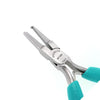 Excelta Pliers - Forming Dog Leg - Carbon Steel - 907-89B
$320.73
Excelta Pliers - Forming Dog Leg - Carbon Steel - 907-89B
$320.73
-
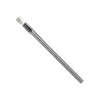 Excelta Brushes - Cleanroom Safe - Straight - SS/Statig09 Bristles - 213A-N
$17.58
Excelta Brushes - Cleanroom Safe - Straight - SS/Statig09 Bristles - 213A-N
$17.58
-
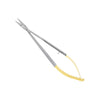 Excelta Scissors - Micro Self-Opening - Straight - SS - Carbide Inserts - Blade Length .63" - 346-6-HT
$86.35
Excelta Scissors - Micro Self-Opening - Straight - SS - Carbide Inserts - Blade Length .63" - 346-6-HT
$86.35
-
-
Gloves
Powder Free Nitrile Gloves
-
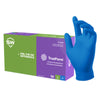 TrueForm Powder-Free Nitrile Exam Gloves Royal Blue (Small), Case of 1000 (TF-050-095-RB) (10 boxes 100/Box) - N301342
TrueForm Powder-Free Nitrile Exam Gloves Royal Blue (Small), Case of 1000 (TF-050-095-RB) (10 boxes 100/Box) - N301342
$199.00$99.00 -
 PowerForm Nitrile Exam Gloves Black (Medium), Case of 1000 (PF-90BK)(10 boxes 100/Box) - N716883
$237.00
PowerForm Nitrile Exam Gloves Black (Medium), Case of 1000 (PF-90BK)(10 boxes 100/Box) - N716883
$237.00
-
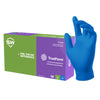 TrueForm Powder-Free Nitrile Exam Gloves Royal Blue (Medium), Case of 1000 (TF-050-095-RB) (10 boxes 100/Box) - N301343
TrueForm Powder-Free Nitrile Exam Gloves Royal Blue (Medium), Case of 1000 (TF-050-095-RB) (10 boxes 100/Box) - N301343
$199.00$99.00
-
-
Swabs and Applicators
Foam Tipped Swabs
-
ESD & Static Control
ESD & Static Control
-
Lab Equipment
-
Pipettes
-
Furnaces and Ovens
Furnaces and ovens
-
All Products
- Services New
-
Industries Served
- Brands
-
Information
-
Blog
-
All blogs
- Aerospace
- Calibration of Lab Equipment
- Chemicals and Solvents
- Cleanroom and Critical Environment
- Electric Battery Labs
- ESD Safety
- Lab Consumables
- Lab Glassware and Glassware Equipment
- Lab Pro’s Top 5
- Laboratory Equipment
- Laboratory Safety & Lab Efficiency
- Medical Device Industry
- Microscopes, Lighting & Inspection
- News
- Our Blog
- Pipettes
- PPE and Safety Apparel
- Press Release
- Science Education
- Solar Energy Labs
- Sustainable & Eco-Conscious Lab
- Swabs
- Tweezers and Cutters
- Ultrasonic Cleaning
- VMI for Lab Supplies
-
All blogs
- Contact
- All Categories
- Science Education
- Biomedical Engieering
- Biomaterials To Make Your Own Contact Lenses -IS3402
Biomaterials To Make Your Own Contact Lenses -IS3402
$86.00
SKU: IS3402
Aldon,Biomedical Engieering
Warning:
California prop 65
Description
Engineers play an integral role in the process of finding a “perfect” material or ratio of materials to maximize the desired properties and decrease the amount of negative effects of other properties. For example, when developing the perfect material for use in contacts, an engineer will have to test many different materials before finding the right one. Therefore, testing a hydrogel, which is favorable for all three of the main properties needed for a contact lens to function properly seems to be logical. A hydrogel is a polymer similar to plastic, which has favorable optical properties and favorable flexibility/strength but like paper and glasses/ceramics is hydrophilic, which is necessary for a contact lens to function properly. The main job of a biomedical engineer developing contact lenses today is to make a hydrogel and find the perfect “ratio” of polymer to water. The composition of the hydrogel needs to be hydrophilic enough to maintain a wet environment in the eye but not too hydrophilic so that the contact begins to swell and change size and shape. Students will engineer a lens using 2 different materials. They will determine the correct material and the concentration that has similar properties as a contact lens, while discovering the correct optical properties, tensile strength and hydrophobicity.







